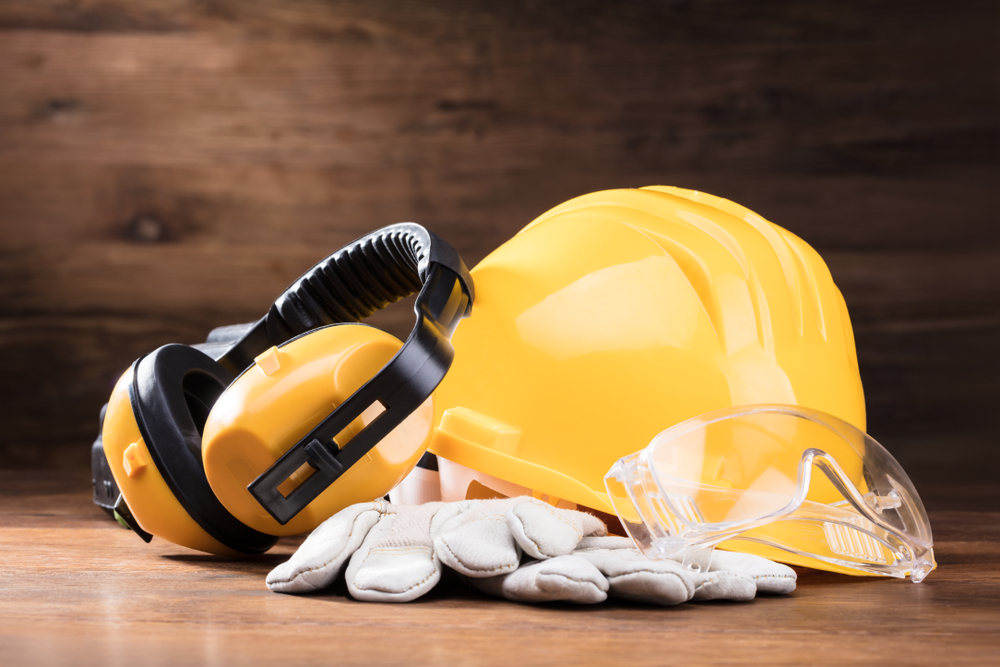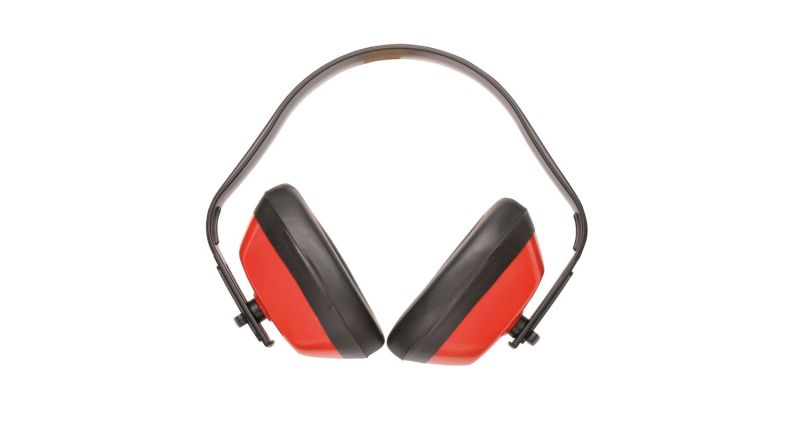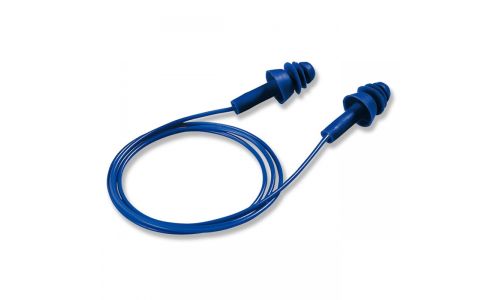| Signal to Noise Ratio: What is SNR?1 January 2021 Have you ever turned on your radio, only to hear white noise, static or an annoying hum? Particularly on AM, it can be common for this irritable noise to become so loud that you can't hear the presenters voice. It's this interference in your broadcast that is the key to understanding Signal-to-Noise Ratio (SNR), and why it is so important when it comes to choosing your ear plugs or ear defenders.
If you know what SNR means and are ready to buy your first pair of ear defenders, then take a look at our Best Ear Defenders for work blog. SNR: ExplainedThe maths behind SNR is quite complicated, but the theory actually isn't. So every time you find a new pair of ear protectors telling you that they have 27dB SNR you needn't panic. To put it simply SNR is:
SNR is usually represented in decibels, and it represents the difference between the wanted signal and the unwanted noise. In case you aren't aware, here are some key definitions:
Using AM RadioWe started with the example of AM radio, where background noise often disrupts the signal which leaves you wondering what the presenter has just said. In this case the annoying hum is the noise, the actual transmission and voice is the signal, and the SNR would be a number represented in decibels that represents the ratio between the two. How Does this Relate to Ear Defenders?SNR can relate to any signal and any noise. This can include voice, radio, video, speech, image and more. It's even used in science and finance, to demonstrate biochemical signalling between cells and to make quantitative estimations of movement between equity prices respectively. Ear defenders are designed to block out noise, to make it easier for you to hear people talking, and to make the volume safer for your ears. When it boils down to it, the SNR number on your ear defenders is incredibly simple;
The Key Points when Purchasing Ear DefendersThere are a number of key points to remember when buying your ear defenders. They are as follows: Stick within HSE GuidelinesSNR isn't set in stone, and it can move around depending on frequency and other unexpected background noise such as the weather. Generally, we recommend that you stick to these guidelines:
Don't Go Below 70dBIf you know the level of noise that you work in, we would recommend that you don't choose ear protectors that will take you below 70dB as this can leave you isolated and vulnerable to your surroundings. If you work next to busy traffic with a noise level of 90dB, and your ear defenders have an SNR of 25dB, the noise that you hear will drop to 65dB which means that you will be less alert of impending traffic. Remember FrequencyThe SNR of your ear defenders will go up and down depending on the frequency, and this will be represented by an L, M or H on the product pages. If you work in a high or low frequency environment, it's recommended that you investigate how your defenders SNR reacts to different frequencies.
A Case StudyBelow we take a look at two options to help you understand SNR better. The Portwest Classic ABS Ear ProtectorsOur first option is the Portwest Classic ABS Ear Protectors, which offer an SNR of 28dB. This means that they will take off around 28dB from noise, which should be perfect for most medium to high levels of noise. This means that areas with a dB of 95 or higher, can be reduced to a far safer level.
The Uvex Whisper+ Detectable Reusable Ear PlugsLets say that you work in a busy factory that processes food. The average background noise from the machinery is 100dB, and you need to buy some ear plugs that are food safe and volume friendly. You go to our Signal-to-Noise category, and select ear plugs that have an SNR of 25 to 29, which should drop the background noise from a dangerous 95dB to a far safer 71 - 75dB. You opt for the Uvex Whisper+ Detectable Reusable Ear Plugs. Their SNR ratings are as follows:
Their 27dB SNR average means that you should be able to use these safely in a food factory, with the volume that reaches your ears at the safe level of between 70 to 75dB. The lower frequency of 22dB will still be below the safe level of 85dB, meaning that you should be able to wear these for your entire shift without any damage to your hearing and ears. Choose the Right Ear ProtectorsChoosing the correct ear defenders for you is important, as being too weak or too strong can both be equally as dangerous to your health. For more assistance choosing the right protectors for you, you can view our Ear Protection category, or visit our SNR specific categories as seen below: Alternatively, if you want to find the best pair for you, take a look at our Best Ear Defenders for Work blog. Do you have any questions or anything to add? We'd love to hear from you – why not leave us a comment below! |









